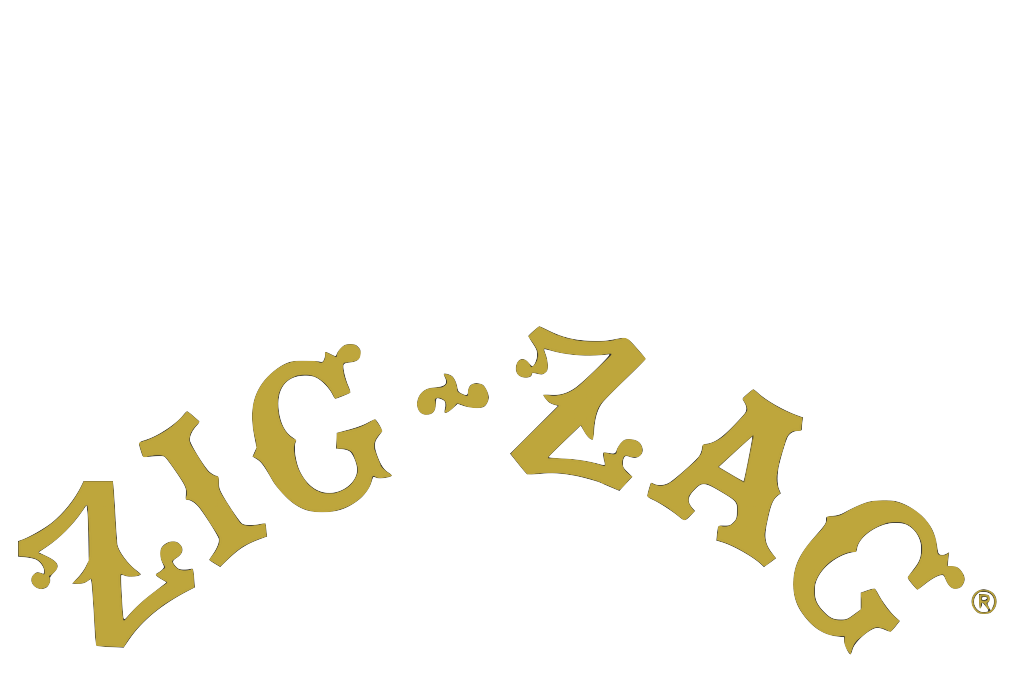

A Simple Reason Supporting Zig-Zag Theory Rough odds suggest that higher-seeded teams in the NHL and NBA teams win 75% of the time in Game 2 when they’re coming off of a loss. While momentum is a funny and sometimes unpredictable thing, odds are that the home team plays a better game on home ice in Game 2. When the lower-seeded team is able to win that first game, placing bets on the higher-seeded team to bounce back in Game 2 is usually a shrewd move. Of course, the home team doesn’t always win their opening game at home. In a world where many of the odds are near 50%, placing a bet knowing that the historical odds are near 60% is a huge advantage.
#ZIG ZAG CODING IN MULTIMEDIA SERIES#
The underlying strategy is that after the lower-seeded team loses the first two games on the road, they will play their hearts out in Game 3, on home ice, when the series is still within reach.īetween the NBA and the NHL, the lower-seeded team ends up winning nearly 60% of the time when they go back home after losing the first two games. Home Team Goes Up 2-0īetting the underdog on this third game is one of the most common ways that bettors play the zig-zag theory. If the home team goes up 1-0 it’s a great opportunity to bet on the losing team in the next game. In the NHL, those odds shoot up all the way to 76%, with the most likely outcome there being that the home team wins the series in six games. Statistics in the NBA show that if the home team wins Game 1, they have a 65% chance of winning the series.

This is a scenario that happens approximately 53% of the time in the NBA and NHL combined. Keep an eye out for these special circumstances and you might discover a profitable spot to use the zig-zag theory: Home Team Goes Up 1-0 Factors to Look For When Betting Zig-Zag Theory Let’s look at some common scenarios to see how you can use the zig-zag theory to help choose the winning team. There are different ways of applying this theory depending on how a certain team is doing in a series matchup. The zig-zag theory aims to go deeper than that and it boils down to a mix between home-court advantage and momentum in the series. Is it simply the home team having the advantage by being on the home court? Home Advantage in Zig-Zag TheoryĪt first glance, you might be wondering how the home advantage factors into zig-zag betting theory. With the amount of travel required for playoff teams in these leagues, the zig-zag theory is especially relevant. Players in the NBA and NHL are forced to travel more with the longer 2-2-1-1-1 format for the playoffs. Other leagues such as the NFL and Premier League use one-game playoffs, whereas the MLB goes with a 2-3-2 format.

The zig-zag theory is mostly applied to betting on the NBA and NHL because both leagues have the same playoff format. It also takes into account which team is home and which is away and the travel necessary during the playoffs. Banking on a team bouncing back from a loss is an important part of the theory, but it aims to go deeper than that. In a nutshell, the zig-zag theory suggests that when a team loses a game, you should bet on them to cover the spread in the game directly after.


 0 kommentar(er)
0 kommentar(er)
